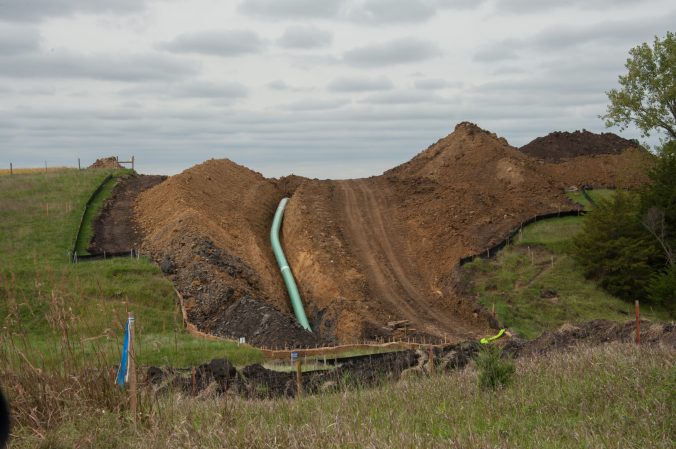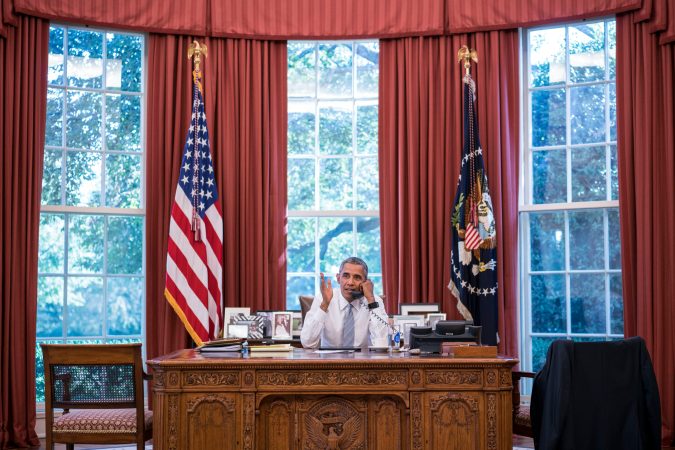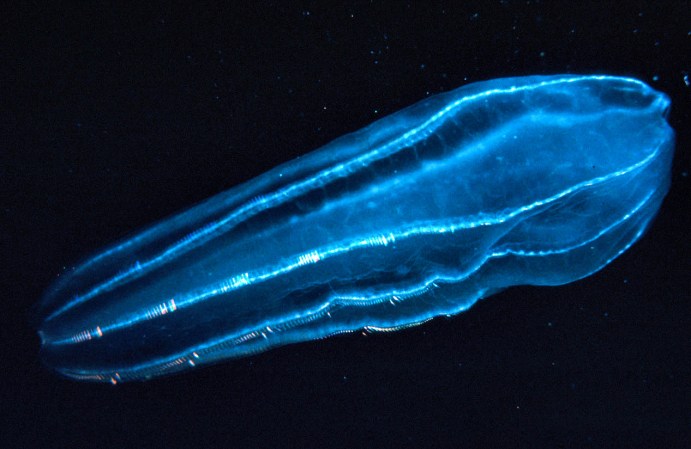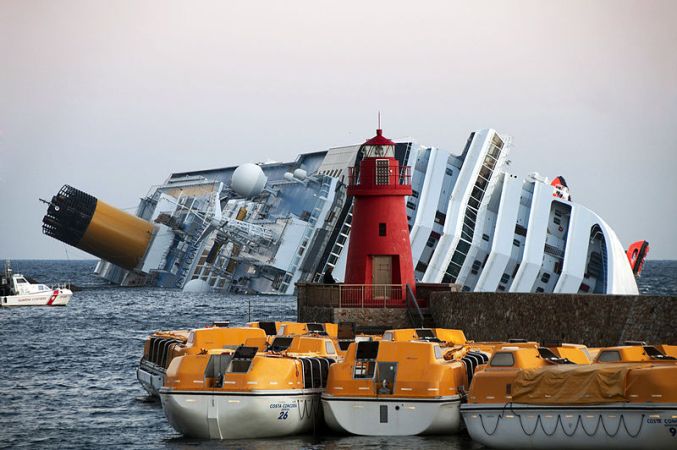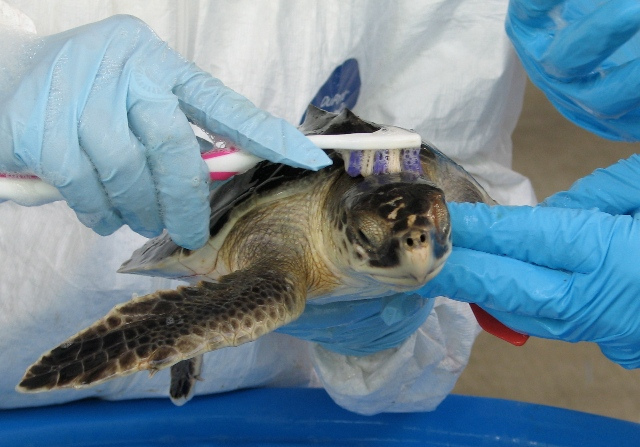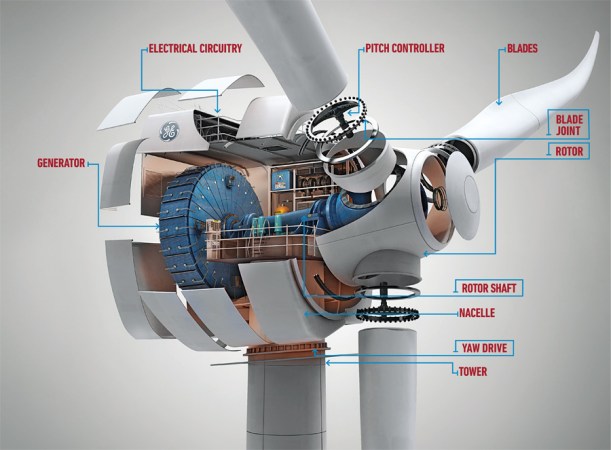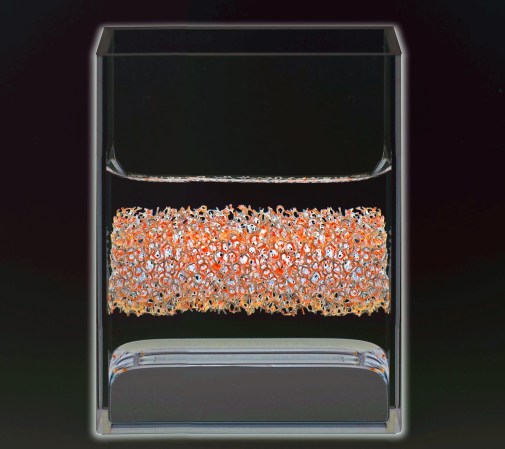

Well hello, Keystone XL, it’s been a while.
On Friday, the State Department issued a permit allowing construction of the Keystone XL pipeline—a massive pipeline designed to send oil from Canada through the United States.
You might have heard of the Keystone XL pipeline before, back in 2015 when the previous administration slammed the brakes on the project. But it’s been a few years. Here’s a refresher on what the Keystone XL is (and isn’t).
Is this the same as the Dakota Access pipeline (DAPL)?
Nope. The DAPL is already constructed, and runs from North Dakota to Illinois. The Keystone XL pipeline has been stuck in the planning stages for years now. Both projects were blocked by President Obama, but revived in January of this year. Oil is expected to flow through the DAPL this week though there have been reports of sabotage along the pipeline.
Where will Keystone XL be located? How big is it?
The pipeline, which will be constructed by energy and pipeline company TransCanada, will be approximately 1,204 miles long, extending from Hardisty, Alberta in Canada to Steele City, Nebraska according to the State Department. 875 miles of it will be in the United States.
The pipeline will be 36 inches in diameter, and capable of transferring 830,000 barrels per day (bpd) of oil. Most of that will be from areas of oil production in Alberta, often referred to as ‘oil sands’ or ‘tar sands’. But 100,000 of those barrels could come from the Bakken oil fields in the United States.
In Nebraska, the pipeline will connect to an existing system of pipes to transfer oil to refineries along the gulf coast.
Why was the State Department involved? And does this mean that construction will start right away?
The State Department is involved because the pipeline crosses international borders, and the infrastructure is designed to import oil into the United States. But while this is a significant step towards building the pipeline, it’s also only the first.
“In obtaining the Presidential Permit, TransCanada has cleared a big hurdle towards its goal of getting Keystone XL operational. However, the Presidential Permit is only one part of a web of federal, state, and local permits that must be obtained prior to starting construction,” Fred Jauss, an attorney and expert on permits, said in an e-mailed statement.
TransCanada still needs a route permit in Nebraska, as well as other permits from local, state, and federal planning boards, commissions, and even federal agencies like the U.S. Army Corps of Engineers.
“In addition, TransCanada may still need to reach deals with hundreds of potentially affected landowners on the pipeline’s route. There is a lot of work ahead for TransCanada before crude oil starts to flow from Alberta to the Gulf Coast on Keystone XL,” Jauss said.
Why build it?
Proponents of the pipeline say that its construction will create jobs and investment in the United States, and bolster the North American oil industry over imported oil from other parts of the world by creating a larger transportation network within the continent.
Supporters also note that it is unlikely that stopping the pipeline would hamper production at the oil sands or halt shipments of oil from Canada to refineries on the coast. The producers would simply use other pipelines, rail, or tankers to move the oil along. And as long as those transportation costs remain within budget, the oil companies would have no economic reasons to cut back on production.
Why doesn’t everyone want it built?
In 2015, President Obama cited primarily economic concerns when he rejected the pipeline, noting that it wouldn’t help reduce gas prices, and it wouldn’t be a long-term source of jobs after initial construction was completed.
Since the pipeline was proposed in 2012, more pipelines have opened up in the United States, and domestic production has increased, leaving critics of the project wondering why the pipeline is necessary.
Then there are the environmental concerns. Oil is a fossil fuel that produces greenhouse gasses like carbon dioxide when burned. Critics argue that investing in infrastructure that supports fossil fuels may run counter to efforts to slow the continued change of the climate.
Also, oil leaks. Pipelines tend to be safer that other forms of transportation like train or truck. but can still spill dramatically, damaging waterways, aquifers, or private land. Proponents of the pipeline say it will be safer than older pipes, critics say that because it’s transporting a more corrosive form of oil, it will be worse. If it hits somewhere in the middle—in other words, if it meets the average of significant pipeline spills per mile for the past 20 years—then we can expect about 10,000 barrels of oil spilled along the pipeline per decade.

